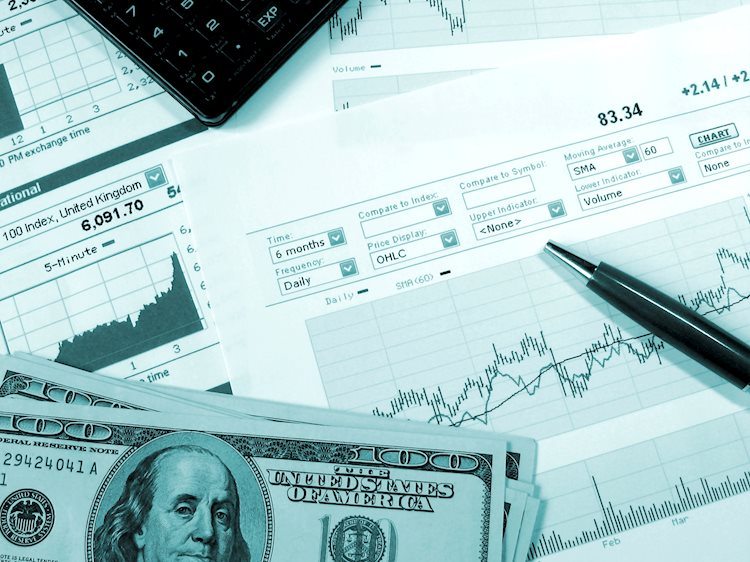The decline of the DXY Index, which measures the US Dollar against a basket of other currencies, was influenced by a shift towards riskier assets following US Federal Reserve Chairman Jerome Powell’s speech at Jackson Hole. Powell’s dovish tone led investors to favor riskier investments over the safe-haven US Dollar. Despite concerns about slowing job growth, Powell and other Fed officials remain optimistic about the US labor market, suggesting that rapid monetary easing may not be necessary.
Powell noted that inflation has fallen, bringing the economy closer to the Fed’s 2% target. He also observed a cooling in the labor market, indicating that the economy may no longer be overheated. With reduced inflation risks but heightened concerns about employment, Powell stated that future rate cuts will be determined by data and economic outlook. Market participants have increased bets on a September rate cut in response to Powell’s comments, with a cut now fully priced in.
The technical outlook for the DXY Index remains bearish, with the index below its key moving averages and indicators showing selling pressure. However, oversold signals suggest the potential for a correction to the upside. Support levels for the DXY Index are at 101.00, 100.50, and 100.30, while resistance levels are at 101.50, 101.80, and 102.20.
Monetary policy in the US is shaped by the Federal Reserve, which has two mandates to achieve price stability and full employment. Interest rate adjustments are the primary tool used by the Fed to achieve these goals. When inflation is above the 2% target, the Fed raises interest rates to curb inflation and strengthen the US Dollar. Conversely, if inflation falls below 2% or unemployment is too high, the Fed may lower interest rates to stimulate borrowing and weigh on the Greenback.
The Fed holds eight policy meetings a year where the FOMC assesses economic conditions and makes monetary policy decisions. The FOMC consists of twelve Fed officials who determine the path of monetary policy, including interest rate adjustments. In extreme situations, the Fed may resort to Quantitative Easing (QE) to inject liquidity into the financial system. QE involves the Fed purchasing high-grade bonds from financial institutions, increasing the money supply and usually weakening the US Dollar. Conversely, Quantitative Tightening (QT) is the reverse process where the Fed stops buying bonds and allows maturing bonds to expire, which can be positive for the value of the US Dollar.











